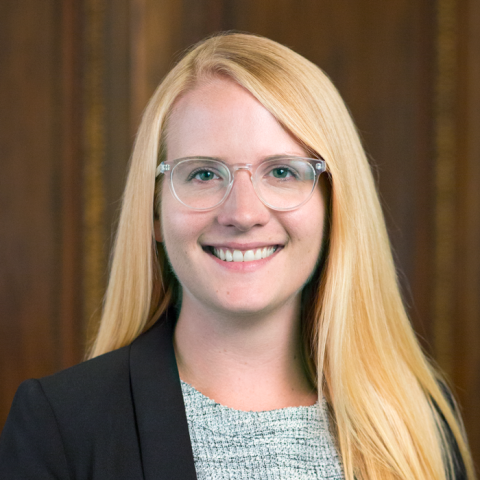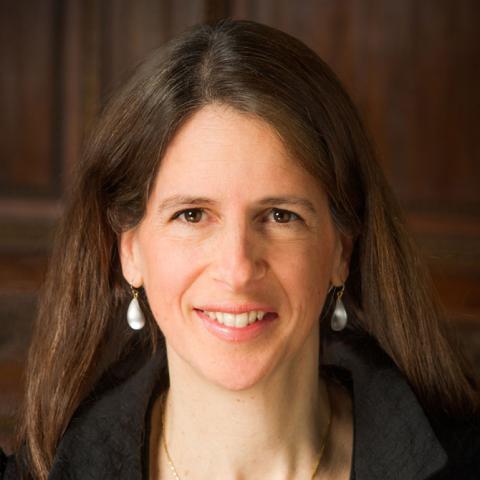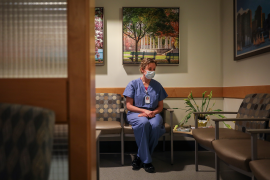High-need adults — those with two or more chronic medical conditions and physical or cognitive limitations — are more likely to feel socially isolated than those who do not have these health issues, according to a previous Commonwealth Fund analysis.1 The higher rate of isolation among high-need adults is particularly concerning since previous research has shown isolation and loneliness can exacerbate health problems, increase mortality, and cost Medicare more.
To explore how isolation affects high-need adults, we analyzed data from the Commonwealth Fund Survey of High-Need Patients conducted from June to September 2016. We found that high-need adults who are socially isolated (defined as people who report often feeling a lack of companionship, left out, or isolated from others) are more likely to have mental, emotional, and financial issues. They are also less likely to receive timely, good-quality care than high-need adults who do not report feeling alone.
Reviews published in Health Affairs and BMC Public Health of several interventions targeting social isolation have shown that increased access to social supports can improve patient physical and mental health outcomes and lower costs. Providers working with high-need adults should consider the impact of isolation on their patients, and connect those who feel alone to evidence-based support groups or social services.
High-need, isolated adults are more likely to:
- Have mental health issues. Approximately three of four high-need, socially isolated adults currently have or have previously received a mental health diagnosis or report experiencing emotional distress in the past year.
- Worry about their condition and being a burden to loved ones. High-need, isolated adults are also more likely to be somewhat or very concerned about being a burden to family or friends (70% versus 52%) and are three times more likely to lack confidence in their ability to manage their health than high-need adults who are not isolated (34% versus 11%).
- Be financially vulnerable. Forty percent of high-need, isolated adults have incomes below $15,000 a year, and 80 percent worry about having enough money to pay bills or afford nutritious meals. They are also more likely than those who are not isolated to avoid taking medications or filling a prescription because of cost.
- Experience barriers to health care. High-need patients need good access to quality care to manage their health issues. However, high-need adults who are isolated are more likely to report trouble getting care after hours or on weekends without using the emergency room (65% versus 51%). They also, not surprisingly, were more likely to report using the emergency room two or more times in the past two years (54% versus 42%). This is consistent with research that has shown that social isolation is associated with increased preventable hospitalizations. Additionally, they were significantly more likely than high-need adults who are not isolated to delay care. Finding a way to get to medical appointments appears to be a major barrier: nearly three times as many high-need, isolated adults delayed care because of a lack of transportation.
- Report poorer quality of care and communication with providers. When high-need, isolated adults do access care, it is often of lower quality. They are significantly less likely than those who do not feel isolated to report that their provider was always or usually well informed about their medical history (76% versus 90%), involved them in decisions (72% versus 88%), or listened carefully to them (76% versus 90%). Only half reported that all three statements were always or usually true (50% versus 66%). This may be a missed opportunity, as patient-centered communication has been shown to reduce costs and improve outcomes for complex patients.
Implications
High-need adults appear to be especially vulnerable to the damaging effects of social isolation. The health care system, which is increasingly focused on improving care for high-need patients who account for nearly half of all health care spending, can play a role in identifying and addressing isolation among their patients.
Providers should assess high-need patients for social isolation, evaluate the impact it has on their health, mental health, and access to health care, and refer them as needed to appropriate supports. Connecting isolated adults to evidence-based, cost-effective programs, such as support groups and social services like transportation assistance, could not only improve outcomes for high-need patients themselves, but also has the potential to lower the cost of care for this population by reducing unnecessary hospitalizations.
Read more about how the 2016 Commonwealth Fund Survey of High-Need Patients was conducted.
1 High-need adults who feel isolated have similar demographics as those who are not isolated; the majority are white (55%), female (56%), over age 50 (61%), and retired or disabled (61%). Among those with insurance, most (54%) have Medicare coverage.






